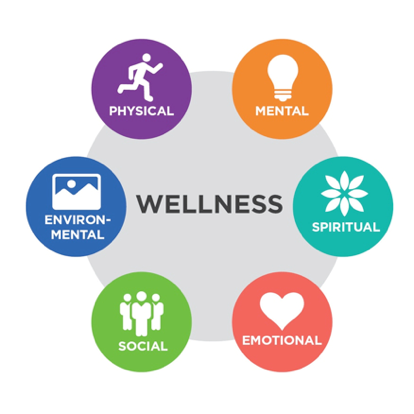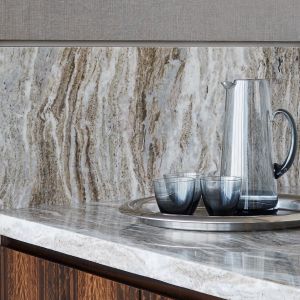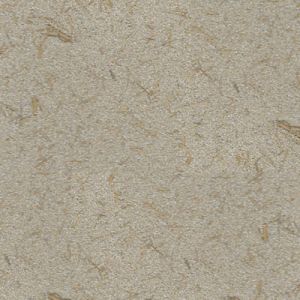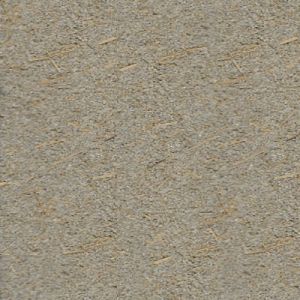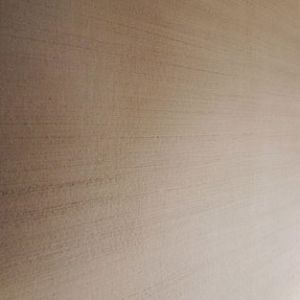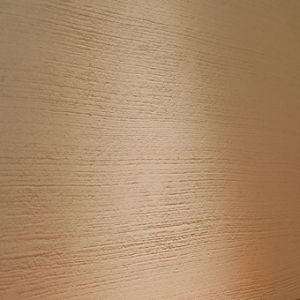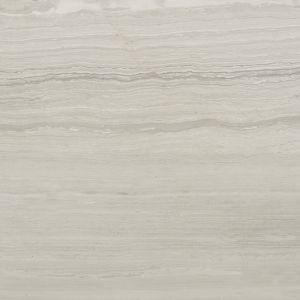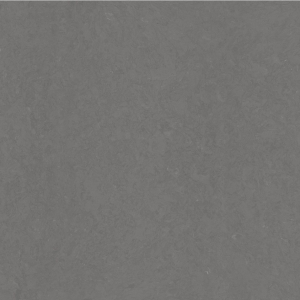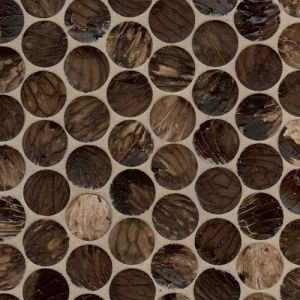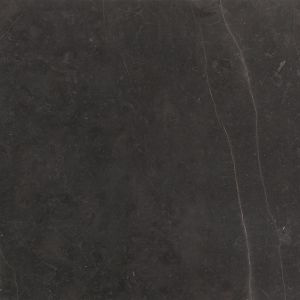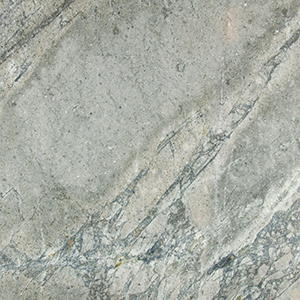Wellness is a modern word with ancient roots. The key tenets of wellness as both preventive and holistic can be traced back to ancient civilizations from the East (India, China) to the West (Greece, Rome). In 19th-century Europe and the United States, a variety of movements developed in parallel with conventional medicine. With their focus on holistic approaches, natural self-healing, and preventive care, these movements led to wellness today. Wellness has gained more visibility in the last 50 years. It informs healthy-living, self-help, self-care, fitness, nutrition, diet, and spiritual practices that have become a flourishing wellness movement in the 21st century.
The Global Wellness Institute defines wellness as the active pursuit of activities, choices and lifestyles that lead to a state of holistic health.
There are two important aspects to this definition. First, wellness is not a passive or static state but rather an “active pursuit” that is associated with choices and actions as we work toward an optimal state of health and wellbeing. Second, wellness is linked to holistic health, so it extends beyond physical health and incorporates many different dimensions that should work in harmony.
Wellness is an individual pursuit—we have self-responsibility for our own choices, behaviors and lifestyles—but it is also significantly influenced by the physical, social and cultural environments in which we live.
Wellness is often confused with terms such as health, wellbeing and happiness. While there are common elements among them, wellness is distinguished by not referring to a static state of being (i.e., being happy, in good health, or a state of wellbeing). Rather, wellness is associated with an active process of being aware and making choices that lead toward an outcome of optimal holistic health and wellbeing.
Wellness includes much more than just physical health. Wellness includes at least 6 dimensions.
- Physical: A healthy body through nutrition, exercise, sleep, etc.
- Emotional: Being aware of, and able to express one’s feelings.
- Spiritual: Our search for purpose and meaning in our existence.
- Mental: Engagement with our world through our brain, in the form of problem-solving, learning, creativity, etc..
- Social: Interacting and connecting with others
- Environmental: A healthy physical environment, and awareness of our role in the natural environment.
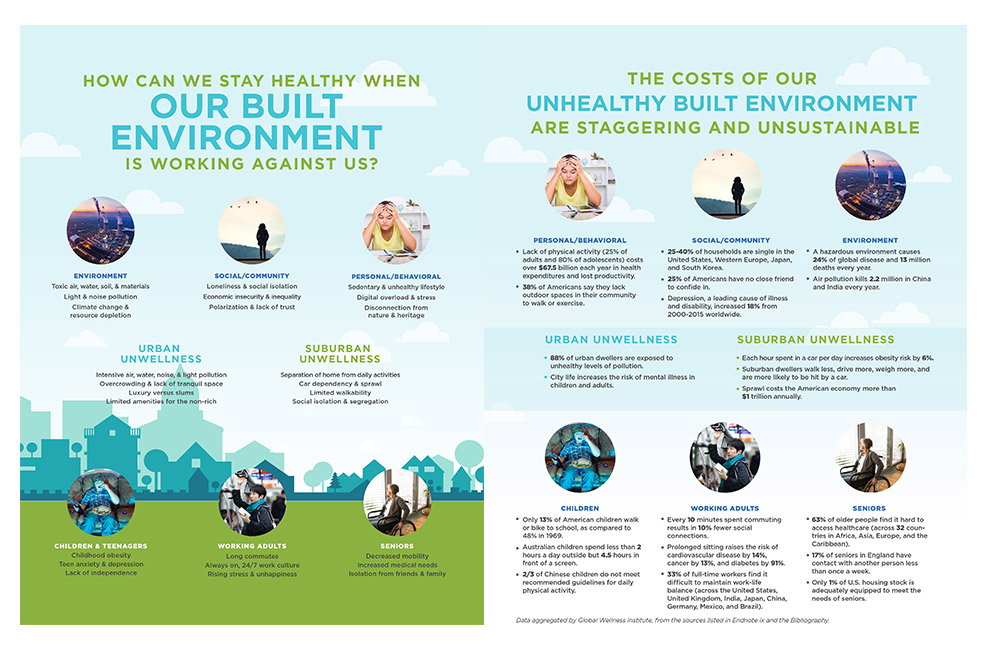
Residential real estate is being radically transformed by wellness.
Our homes and surrounding environment directly affect our daily behaviors and lifestyles, and together determine up to 90 percent of our health outcomes. Since our homes are typically our most important personal investment and expenditure, it is only logical that they should also be an investment in our health and wellbeing.
The way our homes, neighborhoods, and cities have been built in the last century is reinforcing lifestyles that make us stressed, alienated, unhappy, and sick.
Over the last hundred years science and technologies have brought great advances in engineering, sanitation, conveniences, entertainment and telecommunications into our homes. Yet, our modern living environment has also created new health risks: lack of physical activity, poor diet, stress, social isolation. Even as people live longer, more are living lonely, unhealthy and unhappy lives.
Gast Home represents a shift that puts people’s wellness at the center of the conception, design, creation and redevelopment of our homes. As we look to the future of wellness real estate, we can expect smarter use of technologies and innovations, new metrics to capture the Return on Wellness (ROW), and a deeper exploration of the relationships between physical and virtual communities and between our individual/personal wellness and community/planetary wellness.
- Optimizing Wellness: We must build homes that enhance health and wellbeing
- From passive to active wellness: our home should encourage proactive behaviors that drive wellness
- From hardware to software: Bricks and Mortar needs supporting programming that nurture healthy behaviors and social connections
- From “I” to “we”: Individual wellbeing is linked to the people around us
- Wellness homes are proactively designed to support the holistic health of the people that live there
- Wellness communities proactively pursue wellness across its many dimensions. They can be rooted in a purpose built physical space, or an online community
- Wellness lifestyles can be designed to optimize wellness in every aspect of one’s life
Holistically and intentionally designed wellness homes can have many positive impacts:
Minimizing environmental impacts on human health: reduce toxic substance exposure; improve sleep, reduce stress; and promote earth-friendly practices.
Supporting behavior change and healthier lifestyles: encourage movement, active lifestyle, mind-body health, and healthy eating; use nature to improve mental/psychological wellbeing.
Fostering a sense of place, community and belonging: smart design can encourage social encounters, increase community interactions, and build civic engagement.
Because a home designed for wellness has less to look at, you want everything you look at to be beautiful.


